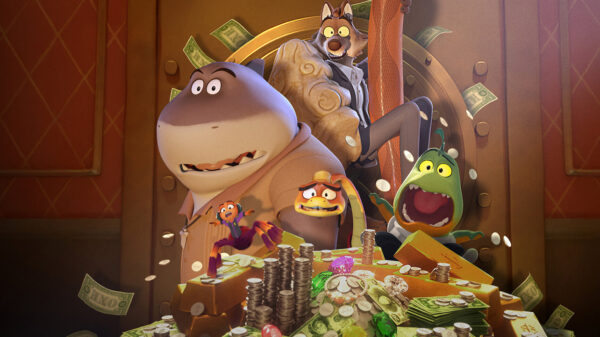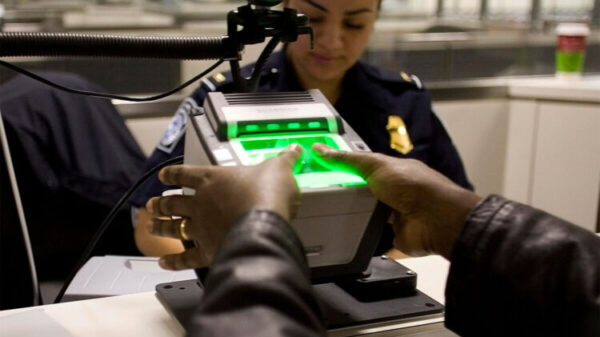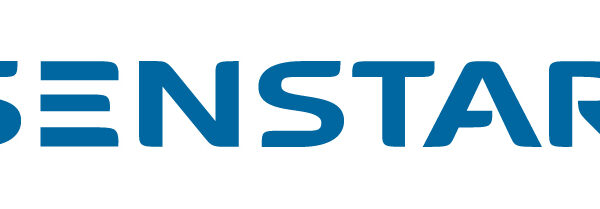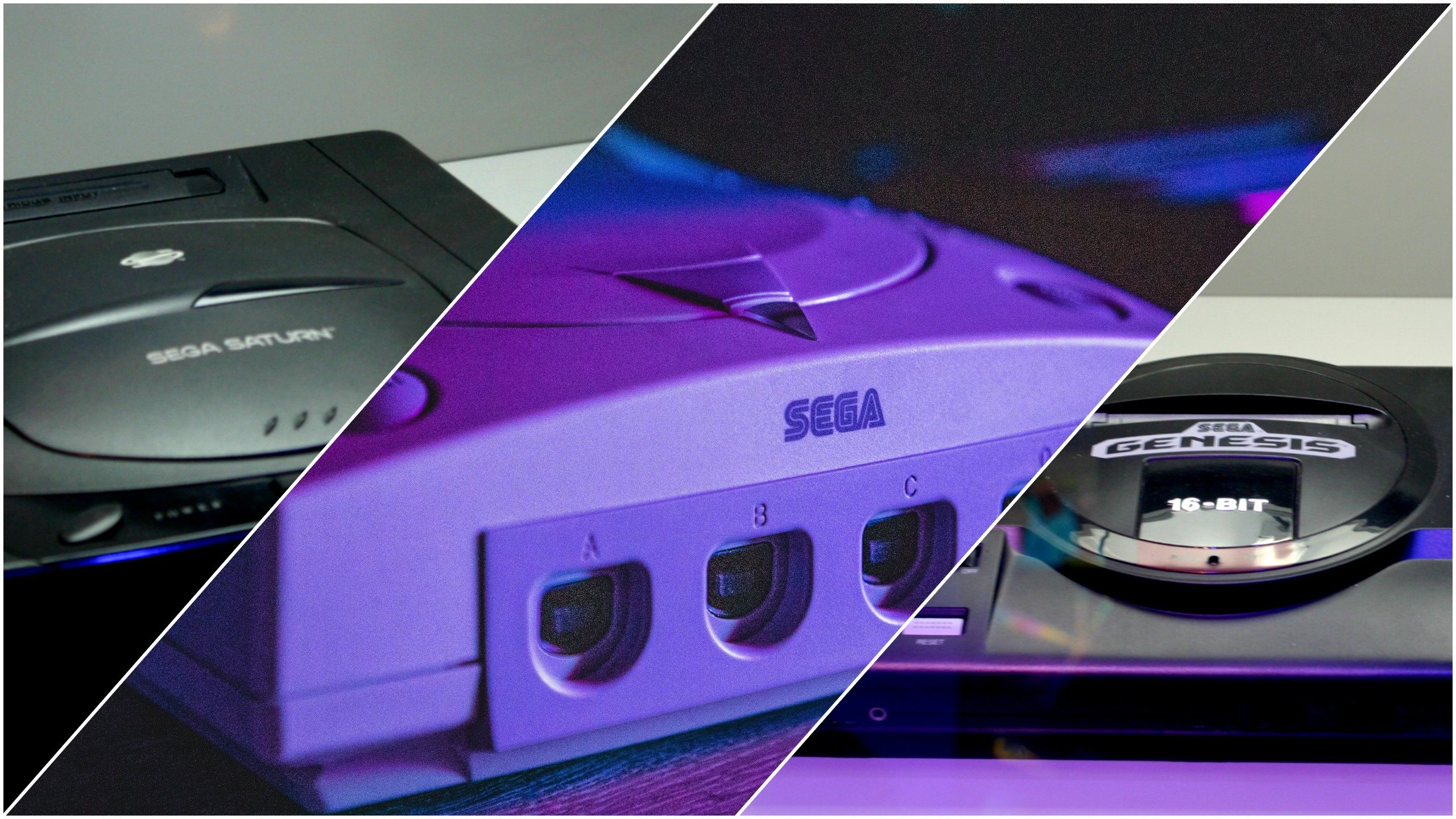URGENT UPDATE: Sega’s dramatic fall from grace in the gaming industry is under scrutiny as new insights reveal the four critical mistakes that led to their exit from the console market. Once a titan competing fiercely with Nintendo in the ’80s and ’90s, Sega’s legacy is now defined by miscalculations that cost them dearly.
For gamers and industry watchers alike, this analysis is crucial as it sheds light on how a brand that once epitomized coolness and innovation lost its footing. The latest reports confirm that Sega’s downfall was marked by poor strategic decisions, starting with their iconic Genesis console, which peaked in popularity but ultimately set the stage for their decline.
Following the success of the Genesis, launched in 1988, Sega failed to develop a solid plan for a successor. Instead of focusing on advancing technology, they squandered resources on bizarre hardware add-ons like the Sega CD and 32X. The Sega CD, released in 1992, aimed to capitalize on CD technology but confused consumers and developers alike. Priced at $300, it was a costly flop that eroded consumer trust.
The internal strife at Sega culminated in the disastrous launch of the Sega Saturn in 1995. In a shocking move, Sega announced its availability during E3 without adequate preparation, catching retailers off guard. With only six titles at launch, the Saturn faced immediate backlash, leading to poor sales and a fractured reputation. As a result, major retailers like KB Toys refused to stock the console, exacerbating its failure.
Amidst this chaos, the emergence of the PlayStation offered a stark contrast. Sony’s well-timed entry into the market, highlighted by their iconic $299 price point during E3, left Sega scrambling. With a developer-friendly architecture that attracted top-tier titles from companies like Square Enix and Namco, the PlayStation swiftly became the platform of choice, leaving Sega in the dust.
The introduction of the Dreamcast in 1999 was Sega’s bid for redemption, featuring innovative online capabilities and a library of engaging titles. However, the damage was done. By then, consumers had lost faith in Sega, a sentiment fueled by years of mismanagement and confusion. The Dreamcast’s potential was overshadowed by the impending launch of the PlayStation 2, which promised even greater features, including DVD playback.
A painful reality set in by 2001—Sega officially withdrew from the console race, transitioning to a third-party developer role. This marked a heartbreaking moment for loyal fans who had grown up with Sega’s consoles, highlighting how a series of missteps, compounded by Sony’s rise, led to their downfall.
As Sega shifts its focus to software development and franchises like Sonic, the gaming community reflects on the lessons learned from this cautionary tale. The enduring question remains: Could Sega have maintained its legendary status with better decisions?
The gaming world watches closely as Sega continues to evolve, hoping for a revival that resonates with both nostalgia and innovation.





































































